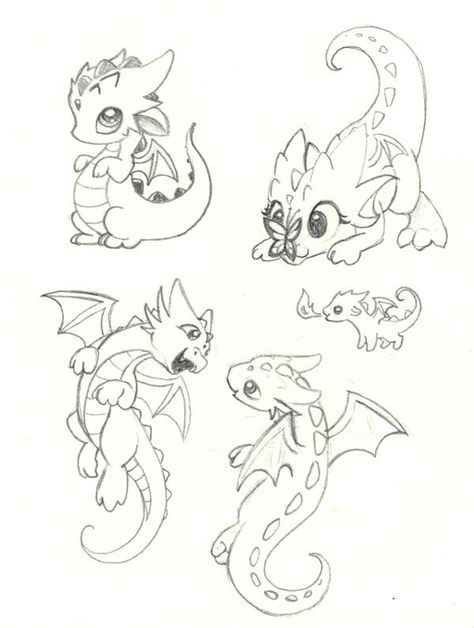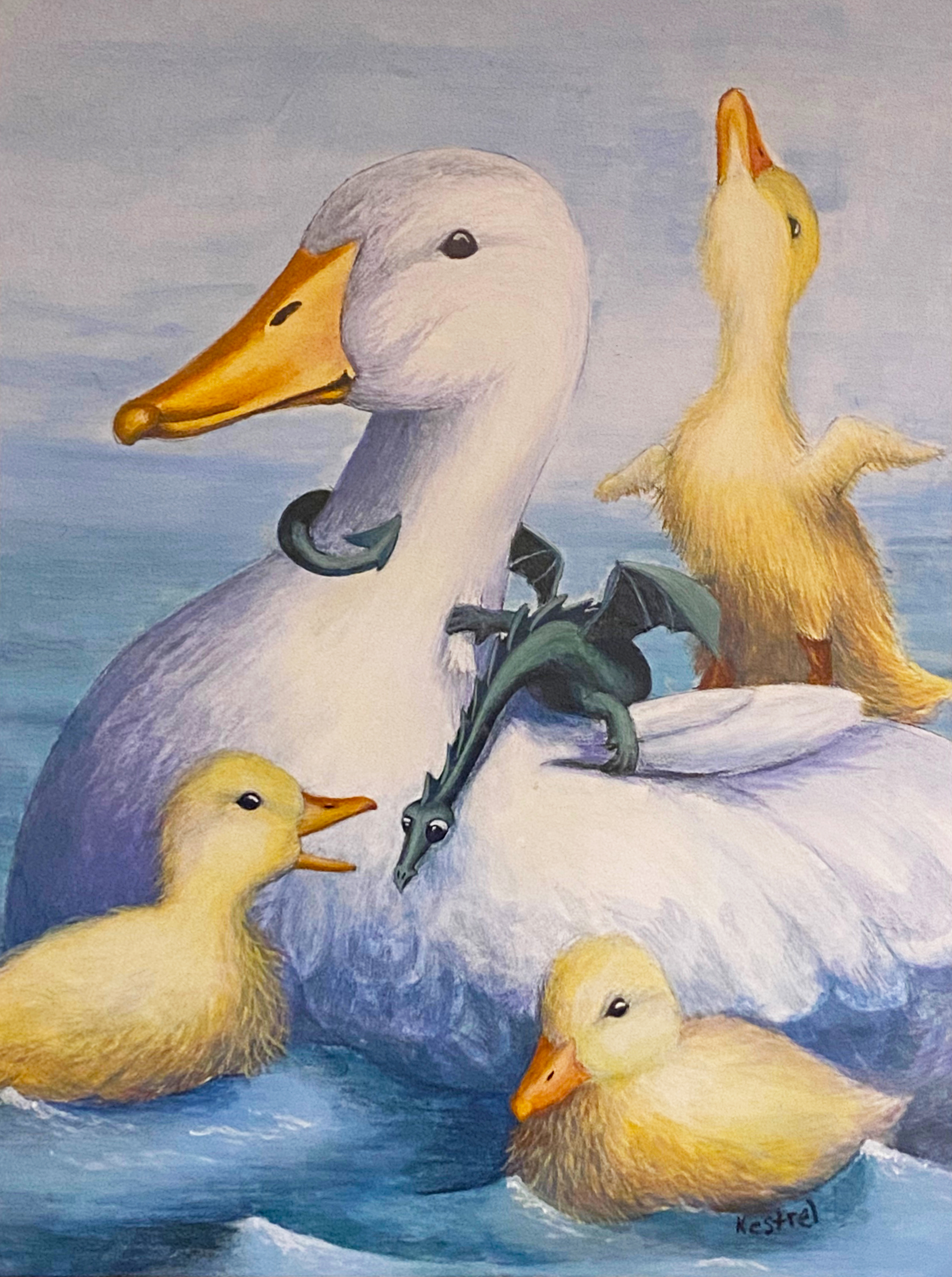Inspiration and Idea Generation
- Published:
- Length: 990 words
- Reading Time: 5 minutes
At this point, I've pretty well documented my process of creating a quilt from the point I start working with fabric in blog posts like this one. This physical creation (from picking fabrics to sewing the binding) part of my process is really only 40% of the time I spend on any one quilt. The other 60% happens before that, most it on my computer. But the part where I come up with the idea and composition in the first place is not something I've ever talked about in detail.
Inspiration vs Idea Generation
Every artist in history, myself included, has to be inspired before even beginning a work of art. Without inspiration, artists would just be stuck sitting in front of a blank canvas/design wall/computer screen. For many artists, inspiration is the desire to make a picture of a certain subject/style/medium, etc. The actual composition of the picture gets worked out after the inspiration. Here's an example:
Say you take a vacation to visit the beach.
Being out in the ocean air, hearing the rolling waves, and soaking up the warm sunshine makes you say to yourself, "This is awesome. I want to make a beach quilt." That's inspiration. From there, you look back through your vacation photos, do some sketching, or play around in Photoshop until you come up with a composition you like. That process is idea generation.
None of that is how it works for me. In my case, inspiration and idea generation are the same thing and happen at the same time.
How does that work?
I don't get inspired to make a quilt until I come up with a good idea. Inspiration (for me) has nothing to do with where I am, what I'm seeing, or what I'm doing. I can be hiking in the woods, working out at the gym, talking to someone, cooking dinner...the one commonality between all those situations is that while I'm doing any of those things, I like to just let myself think about stuff.
I think about the plants and animals around me and how they interact. I think about something funny I saw online that morning. I think about magic and dragons and flying machines. I think about characters I've played in video games. I think about emotions and facial expressions. I think about all kinds of stuff.
Now I'm a very visual person, and I think in very vivid colors, shapes, and scenes. My brain is a lot like 3D modeling software or a level editor. I have control of everything inside my head. Not only can I make my characters do whatever I want, I can change the lighting, the perspective, the camera angle, the colors, the weather...literally everything is adjustable with just a thought.
The best visual example I can share to help give an idea of what it's like inside my brain is this video. It's a promotional video for the software Flowscape, which is a level editor that uses 3D models to create scenes. Take a look:
But where do the designs come from?
To actually come up with my compositions, I have a few fallback techniques that I use inside my brain's 3D playground.
One thing I try is to make my characters and subjects do different things. If I think of a dragon, I'm not just thinking about the idea of a dragon, like "this picture needs a dragon, let me make a note of that". I see an actual dragon and I let her fly around, breathe fire, attack something, curl up around a nest of eggs...whatever I want her to do, she does.
These different actions are a lot more interesting than just a dragon sitting there staring at the viewer.
I also like to tell stories and draw out emotion with my artwork. To do that, I'll think about human behaviors and try to apply those behaviors to animals. This process is called "anthropomorphism" and it makes my non-human subjects much more relatable to human viewers.
For example, what would it be like to be scared of water? Not everyone likes water and it can be pretty scary if you don't know how to swim. Maybe the character would look nervous while dipping in a toe, or maybe he would push back against the nearest wall, trying to get away. Maybe the character is being pulled toward the water, or like a soaked cat, the character is already wet but obviously doesn't want to be. What if the character was a child instead of an adult? Maybe that child is with a family that absolutely loves water. What would that look like? Maybe something like this:
Ultimately, I want to tell a story and draw out an emotion from the viewer. I combine characters, events, behaviors, and emotions in different ways in my head and see what makes a good composition.
Sometimes - not too often, but sometimes - all the different things floating around in my head will slot together perfectly and I'll know I just came up with my next idea. It's literally an "A-ha!" moment. I can see the finished picture in my brain and feel in my heart that I've come up with something worthwhile. That's what I call inspiration, and that idea gets written down on my list of similar "A-ha!" ideas. This is why, for me, inspiration and idea generation are ultimately one and the same.
